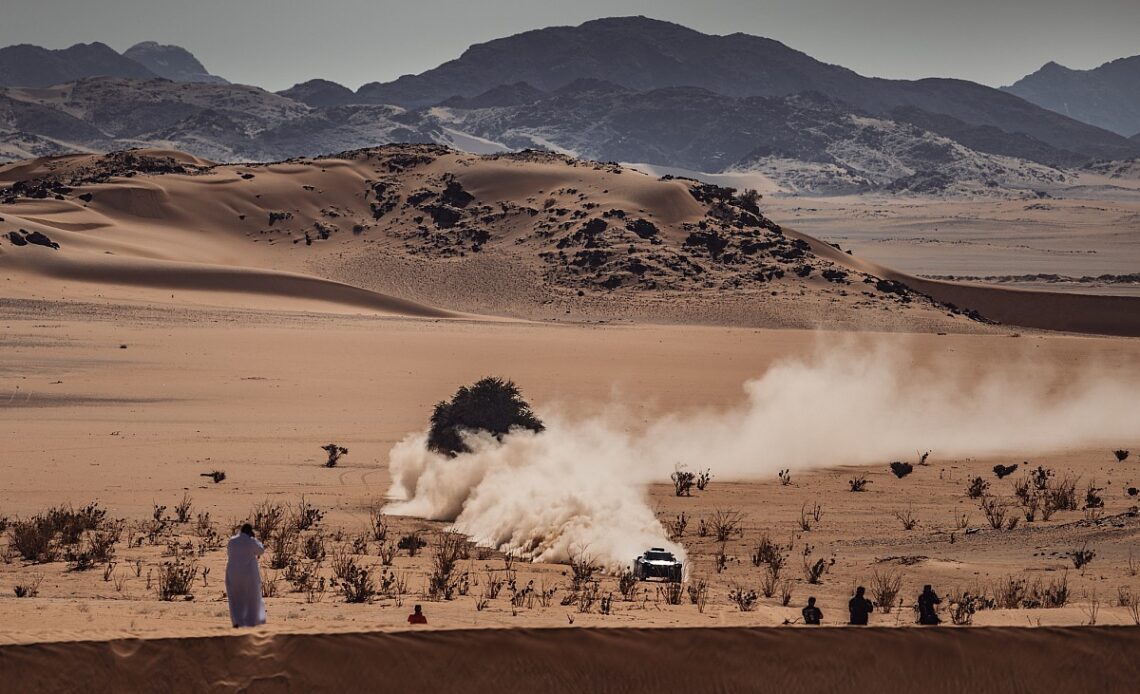The entire rally-raid will take place in Saudi Arabia for a fourth year in succession, with attempts to expand it to other countries in the Gulf having come to a nought. However, the route has been significantly altered and expanded, with the rally running to 14 stages in 2023 as compared to 12 this year.
The action will commence from a dedicated Sea Camp on the west coast of Saudi Arabia, with a short Prologue section on New Year’s Eve deciding the starting order for the rally proper.
From there on, competitors will travel from the Red Sea to the east coast, covering a total distance of 8,549km, of which 4,706km will be timed in the form of special stages.
The rally will traverse major cities like AlUla, Ha’il and Riyadh over the course of 16 days, with the capital serving as the location for the mid-rally rest day on January 9.
Much of the second half of the event will run adjacent to the east coast, with the city of Dammam closing the event on January 15.
Competitors will spend a total of four days in Empty Quarter, the aptly named sand desert known for its gruelling climate and terrain.
“It is a route that we have worked to make a little more difficult than in past years,” Dakar Rally director David Castera told selected media including Motorsport.com.
“Week 1 will be like the Dakar we have known so far, with dunes, sand, fast, technical, with the particularity that there are many more kilometers, which is much more than what we have known so far.
“For the second week we totally changed the pace. We go from long stages in kilometers to short stages in kilometers, but with many dunes, but it will change the configuration of the Dakar.
“There are more than 200 km per day, which seems like nothing, but they are pure dunes. It’s the first time we’ve done such a different route between the two weeks.”
The Empty Quarter will also play host to the Marathon stages spanning Stage 11 and 12, where outside assistance from support crews will be completely banned – meaning competitors will be relying entirely on themselves in case their vehicles break down.
“There is nothing, we have found no animal, no person, no footprints, no tracks,” Castera explained. “It’s a complete void.
“It’s interesting because of that, because they are real dunes. The dunes we have done so far were not very difficult because they are not very closed, now we will have a higher level of difficulty.”
Dakar expects a total of 365 vehicles across…
Click Here to Read the Full Original Article at Motorsport.com – RALLY – Stories…

